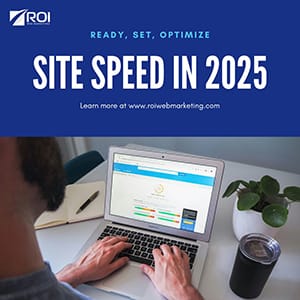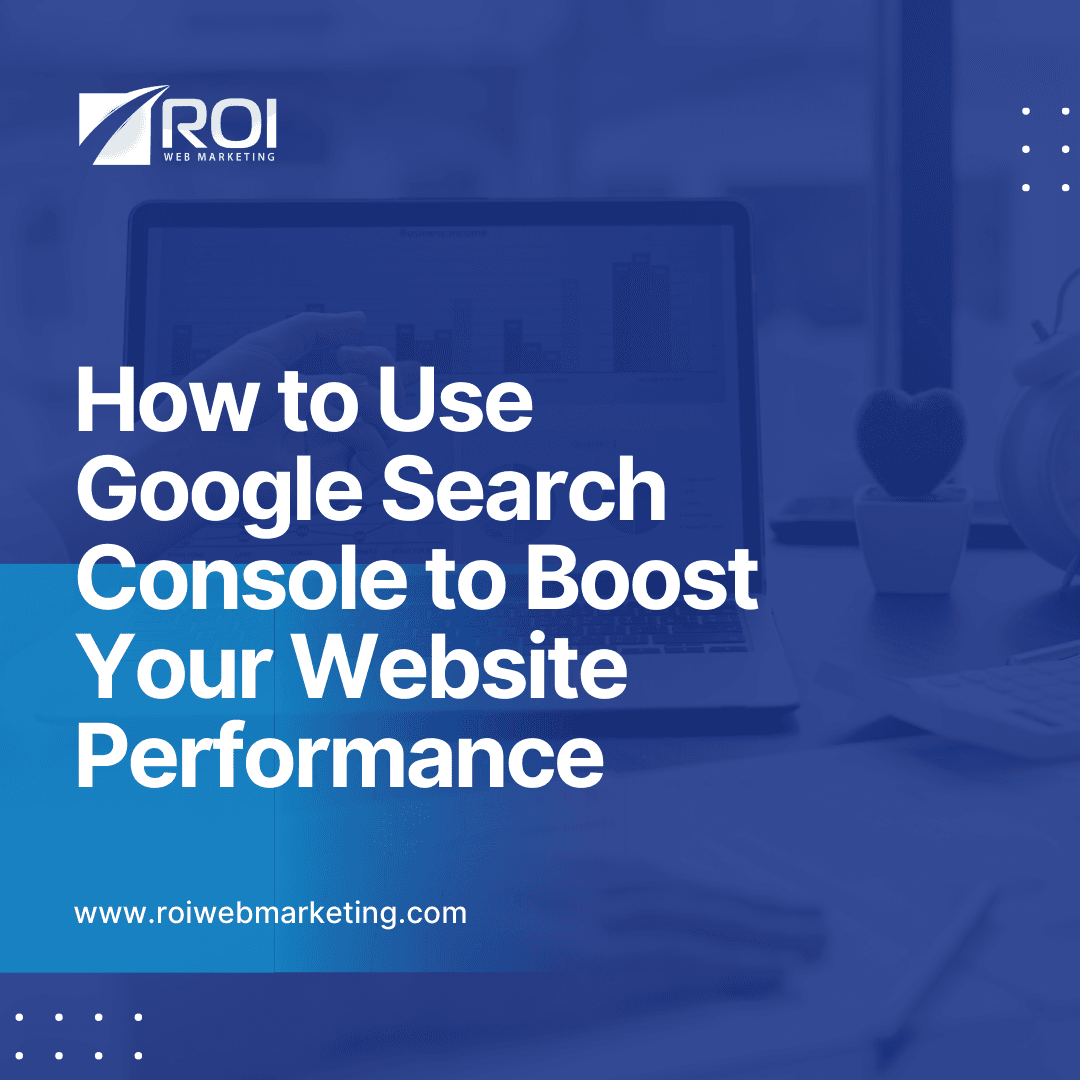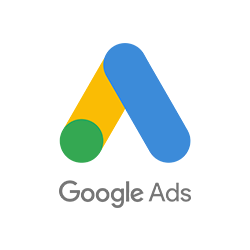The SEO Landscape in 2025
Search engines focus on more than just directing searchers to the right information. They also care about user experience, and that’s only become more true over time. Loading speed, which users expect to happen almost instantly, is actually one of the highest priorities when Google decides how to rank a site in 2025. Factors like AI assistants and voice search are recent developments that have pushed Google in this direction. After all, voice searches are generally performed on the go. Huge companies are going all-in on perfecting technical aspects of their SEO, so small business owners must do the same—especially since their competitors probably are. Though a one-second loading time and a three-second loading time might sound similar enough, research shows that three seconds is all it takes to make many users close a page!
A Slow Site Speed’s Impact on Website Performance
First impressions form almost instantly—and it’s hard to change them once they exist. The proliferation of mobile users alters the game even further. They’re less patient than people on desktops. When a website loads slowly, users form a negative impression that might last months, years, or even a lifetime. Conversion rates plummet, as do user engagement metrics. Those problems snowball into an even bigger problem because search engines use metrics like bounce rates when determining your site’s search ranking.
Website Speed Optimization
Luckily, there’s a variety of optimization techniques to speed up your site. Some don’t even require much technical know-how. For example, reducing the file size of images is an easy method that can provide immediate results. Here are a few more popular methods:
- Browser caching causes browsers to remember elements they’ve downloaded in the past.
- Extension audits help you to determine which parts of your website are eating up the most resources.
- Content delivery networks store your website’s files on several servers around the world so your website won’t be impacted if one server gets overwhelmed.
- Mobile optimization massively speeds up the loading time for users on phones.
- Speed testing tells you exactly how much you need to reduce your site’s loading time and shows you how various site changes affect speed over time.
- Upgrading hosting packages provides more bandwidth, processing power, and server space.
Critical Ranking Factors
Without measuring your SEO ranking factors, any attempts to tweak page speed will be haphazard at best. You must collect data on website ranking factors. Cumulative Layout Shift (CLS), First Input Delay (FID), and Largest Contentful Paint (LCP) are some of the most important ones. They measure the unintended movement of website elements during page loading, how quickly your site responds to user actions, and the speed at which the largest bit of content on your page loads. All relevant factors should be tested both on desktop and mobile. The most important thing to measure, of course, is data on business metrics like engagement and conversion. Some of the measurements described here are challenging to get without help from experts, which is why many business leaders turn to web marketing professionals.



















